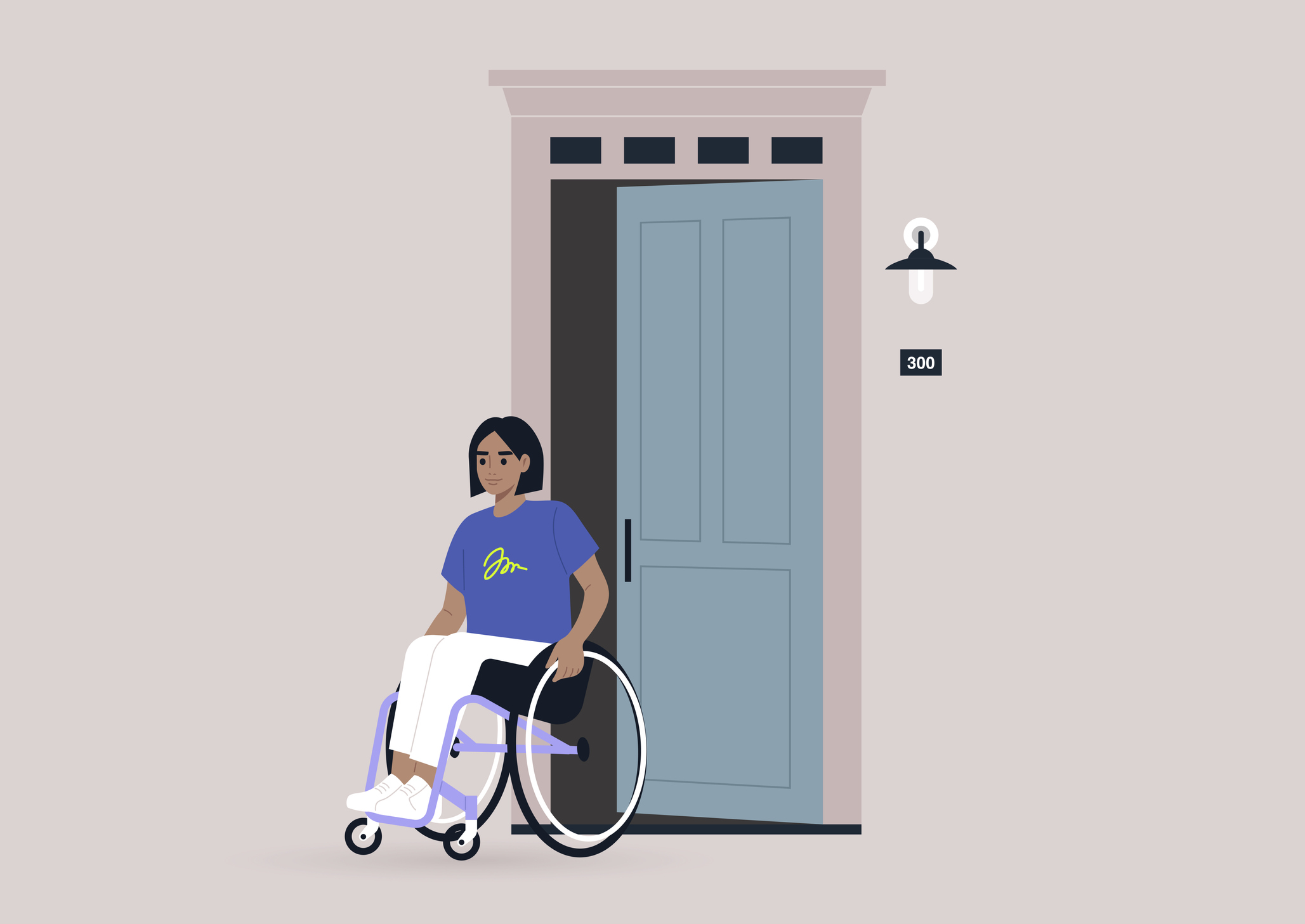5 Common Mistakes to Avoid in Home Modifications
For catastrophically-injured workers, home modifications can provide safety, functionality and accessibility. However, these adjustments require particular expertise, and without the right team, the process can become complicated and costly.
September 12, 2022

Home modifications for severely-injured workers can be an overwhelming process for adjusters simply because it is an infrequent component of the job. There are many benefits to gaining a broad understanding of the process and, more importantly, the complicated and costly problems that can result from a poor home remodel.
“Home modifications are already complex, and coupled with the rising costs and time delays associated with labor and supplies issues, these projects can be lengthy,” said Carol Franklin, Medical Manager at Safety National. “These extensive and permanent changes to a home are crucial to an injured worker’s accessibility and sense of normalcy. Communicating regularly with all stakeholders can keep a project on track and provide a better chance of long-term success for an injured worker and their family.”
Here are five mistakes to avoid when managing a claim that includes a home modification.
1. Using an unreliable third-party vendor to manage the home modification.
There are plenty of vendors who promote this service as part of their offerings, but beware. These vendors may not be experts in home modifications and do not monitor the quality of the contractors they use. Contracted work may involve a construction company that does not specialize in modifying homes for individuals with disabilities. These factors can expose you to a range of problems – from contractors who use faulty materials to those who make illogical modifications that do not match the patient’s disabilities. Adjusters can avoid added costs by taking control of the process and overseeing the project themselves.
2. Starting construction before understanding the real capabilities of the patient.
Does your contractor understand the substantial difference in mobility related to a C3 versus L4 spinal cord injury? Most do not, so they will approach all home modifications as if they are the same, which can drive up costs with many unnecessary alterations. It is essential to assess the patient’s abilities before any construction begins and instruct the contractor on what is required based on independence level and provision of care.
3. Using a provider who doesn’t understand both the injury side and construction side of the project.
This is not a home redecoration. You need a provider who can make decisions that are medically and structurally necessary. Using a home modification specialist can save costs and avoid many preventable aggravations. A legitimate home modification specialist’s process usually includes taking photos, measuring, reviewing medical records and designing several options. They will discuss options with the claims team (carrier and third-party administrator) to determine the final plan, and then provide those details to the family, utilizing vetted contractors with specialized training.
4. Not managing the scope of the project during the construction phase.
A good home modification should provide an itemized estimate based on your approved scope. But, once the construction begins, you are not finished. The entire claims team (carrier and TPA) must be involved throughout the process, requiring ongoing timelines and photos. Ensure that the contractor notifies you before starting any additional work that was not part of the initial scope to determine options, needs and costs. Demand complete transparency so you can keep tabs on the project from start to finish.
5. Failing to rely on your carrier’s expertise.
Your workers’ compensation carrier contacts can be your greatest allies in a home modification project. They have seen it all and have a wealth of expertise to share. You will likely encounter unchartered territory that your carrier has probably dealt with in several cases, so do not hesitate to contact them for help. Your carrier specializes in helping severely injured employees get the best possible outcomes, so use them as a resource.

























